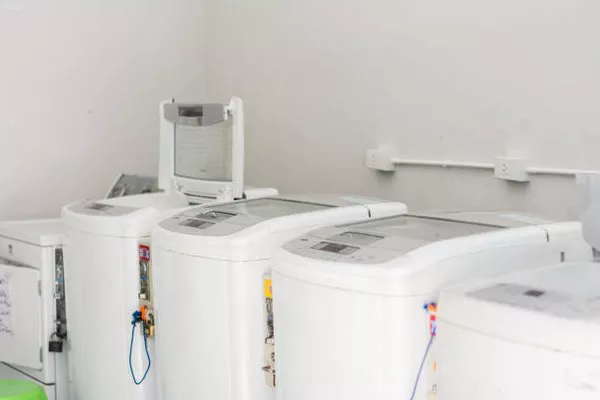Refrigeration units are the unsung heroes of modern living, providing us with cool comfort and preserving perishable goods. But have you ever wondered about the inner workings of these marvels? In this comprehensive guide, we take a deep dive into the fascinating world of refrigeration technology. From the refrigeration cycle to the role of key components like the evaporator, condenser, and compressor, we uncover the intricate process that keeps our food fresh and our spaces cool.
1. The Refrigeration Cycle:
At the heart of every refrigeration unit is the refrigeration cycle – a continuous process that facilitates heat transfer and cooling. This cycle is a sequence of stages involving changes in temperature and pressure to achieve the desired cooling effect.
Evaporator: The cycle begins with the evaporator, a component that absorbs heat from the surrounding environment, causing a low-pressure, low-temperature liquid refrigerant to evaporate into a gas.
Compressor: The gas refrigerant is then compressed by the compressor, increasing its pressure and temperature. This compressed gas is now a high-pressure, high-temperature vapor.
Condenser: The hot vapor is transferred to the condenser, where it releases heat to the surrounding environment, causing it to condense back into a high-pressure liquid.
Expansion Valve: The high-pressure liquid refrigerant then passes through the expansion valve, where its pressure is suddenly reduced. This expansion causes the refrigerant to vaporize and cool rapidly, returning it to a low-pressure, low-temperature state, ready to start the cycle anew.
2. Role of the Evaporator:
The evaporator is a critical component responsible for extracting heat from the environment to achieve cooling.
Heat Absorption: The low-pressure, low-temperature liquid refrigerant enters the evaporator. As it evaporates into a gas, it absorbs heat from the surrounding area, lowering the temperature.
Cool Air Release: The now-cool air is circulated into the space being cooled, such as a refrigerator or air-conditioned room, creating a comfortable and chilled environment.
3. The Compressor’s Vital Role:
The compressor acts as the heart of the refrigeration system, driving the refrigerant through the cycle.
Gas Compression: The compressor increases the pressure and temperature of the refrigerant vapor, converting it into a high-pressure, high-temperature gas.
Energy Input: The energy required for compression is supplied by the compressor, making it a key component in the heat transfer process.
4. Condenser’s Heat Dissipation:
The condenser plays a pivotal role in releasing heat absorbed from the environment during the evaporator stage.
Heat Rejection: The high-pressure, high-temperature gas refrigerant is transferred to the condenser. As it releases heat to the surroundings, the gas condenses into a high-pressure liquid.
Temperature Reduction: The condensation process causes the refrigerant to lose heat and transition to a high-pressure liquid, which is then ready for the next stage of the cycle.
5. Achieving Cooling Efficiency:
Efficiency is a crucial consideration in refrigeration units, ensuring optimal cooling and minimal energy consumption.
Choosing Refrigerants: The selection of appropriate refrigerants impacts the efficiency and environmental impact of the refrigeration system.
Maintenance and Insulation: Regular maintenance of components, proper insulation, and periodic cleaning enhance the efficiency and longevity of the unit.
Conclusion:
Refrigeration units rely on a complex interplay of components and processes to achieve the cooling we often take for granted. From the refrigeration cycle’s stages of evaporation, compression, condensation, and expansion, to the vital roles played by the evaporator, compressor, and condenser, each element contributes to the efficient transfer of heat and the creation of cooling comfort. Understanding how these components work together not only enriches our knowledge but also fosters appreciation for the technological marvel that keeps our food fresh and our environments pleasantly cool.

